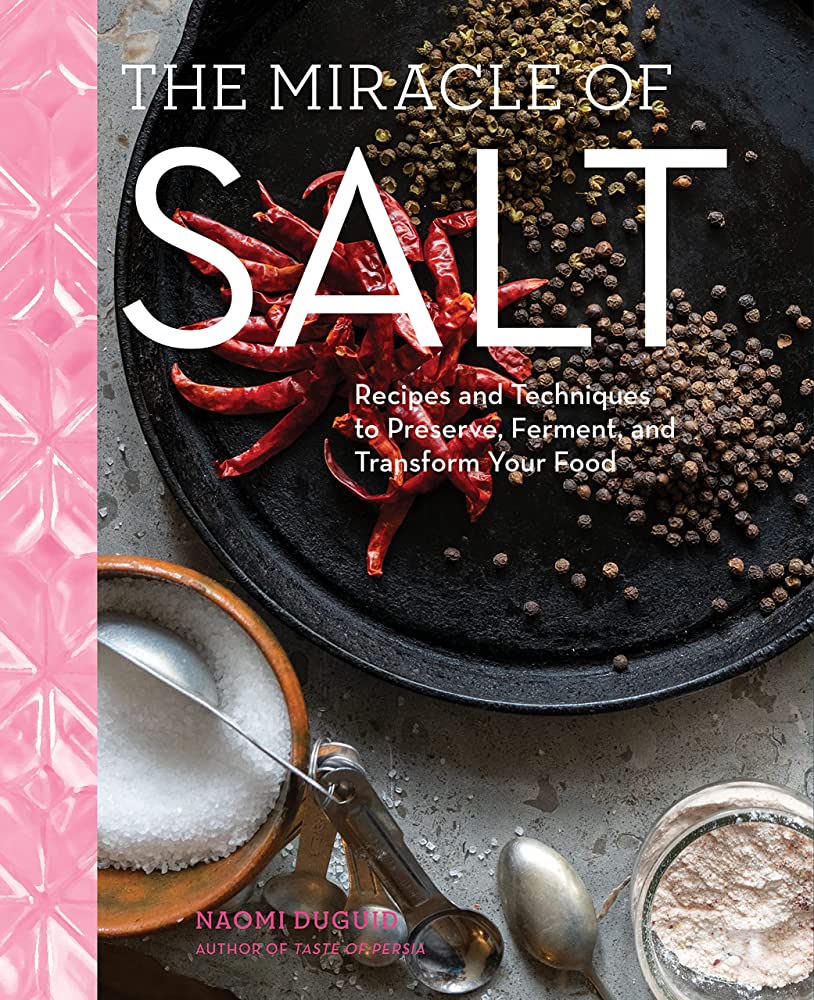Soy sauce is a staple in Asian cuisine but can also add depth and complexity to dishes from other cuisines. It is an excellent source of protein, iron, and potassium but is also high in sodium, so should be used in moderation. There are various types of soy sauce, including light, dark, and tamari, each with a distinct flavor profile. Soy sauce can enhance the flavors in Mexican, American, Italian, Indian, and Thai dishes. It is a must-have ingredient for any home cook looking to experiment with flavors from around the world.
A World of Flavors in Soy Sauce: Transforming Dishes from Asia and Beyond
Introduction
Soy sauce is a staple condiment in Asian cuisine. Made from fermented soybeans, it adds a distinct flavor profile to dishes, from stir-fries to marinades. However, soy sauce isn’t limited to Asian dishes. With its versatile taste, it can be used to add depth and complexity to a range of dishes from around the world.
The Nutritional Value of Soy Sauce
Soy sauce is an excellent source of protein, iron, and potassium. It’s also low in calories and fat, making it a great condiment for those trying to manage their weight. However, soy sauce is also high in sodium, with just one tablespoon containing around 900mg of sodium. As such, it’s essential to use soy sauce in moderation as part of a balanced diet.
Types of Soy Sauce
There are several types of soy sauce available on the market, each with a distinct flavor profile. The most common types are:
Light Soy Sauce
As the name suggests, light soy sauce is lighter in color and has a saltier, more delicate flavor. It’s perfect for seasoning dishes, as it doesn’t overpower the other flavors.
Dark Soy Sauce
Dark soy sauce is darker in color and has a thicker consistency than light soy sauce. It’s made by fermenting soy sauce for longer, resulting in a sweeter, richer flavor. Dark soy sauce is ideal for marinades, as it clings to the meat and imparts a deep, savory flavor.
Tamari Soy Sauce
Tamari soy sauce is a type of soy sauce that’s made without wheat. It has a milder flavor than traditional soy sauce and is ideal for people with gluten sensitivities.
Using Soy Sauce in Different Cuisines
Soy sauce isn’t just limited to Asian cuisine. Here are some ways that soy sauce can transform dishes in different cuisines:
Mexican Cuisine
Soy sauce can add depth and complexity to Mexican dishes like enchiladas or burritos. Try adding a dash of soy sauce to your favorite salsa recipe to give it a savory twist.
American Cuisine
Soy sauce is an excellent addition to American dishes like hamburgers or meatloaf. The umami flavor adds a savory punch that complements the meaty flavors.
Italian Cuisine
Soy sauce goes well with Italian dishes like pasta or pizza. Add a splash of soy sauce to your tomato sauce recipe to give it a unique, umami flavor.
Indian Cuisine
Soy sauce can be used in Indian cuisine to add a complex, savory note to dishes like curries or biryanis. Try substituting soy sauce for the traditional use of salt in your recipe to give it a unique twist.
Thai Cuisine
Soy sauce is a common ingredient in Thai cuisine, particularly in stir-fries and marinades. Try using soy sauce to marinate tofu or chicken before grilling or stir-frying it.
Conclusion
Soy sauce is a versatile condiment that adds depth and complexity to dishes from around the world. With its nutritional benefits and unique flavor profile, soy sauce has become a staple in many households across the globe. Whether you’re cooking up a traditional Asian dish or trying out new recipes from different cuisines, soy sauce is a must-have ingredient for any home cook.
